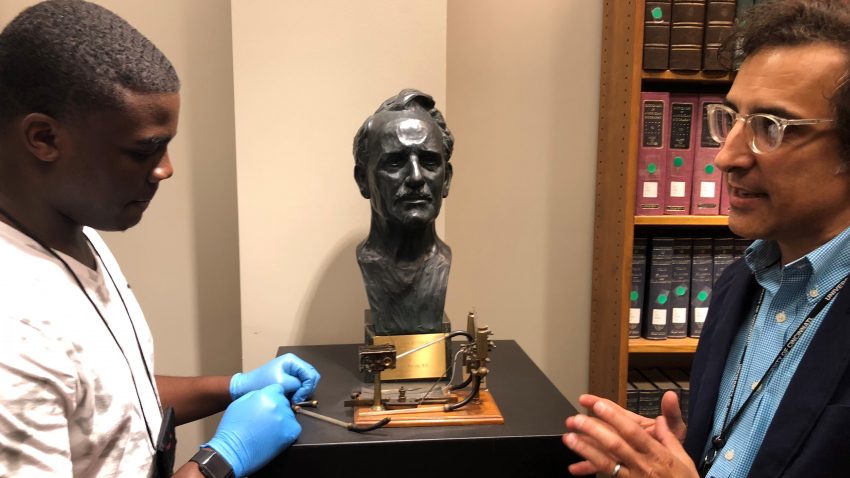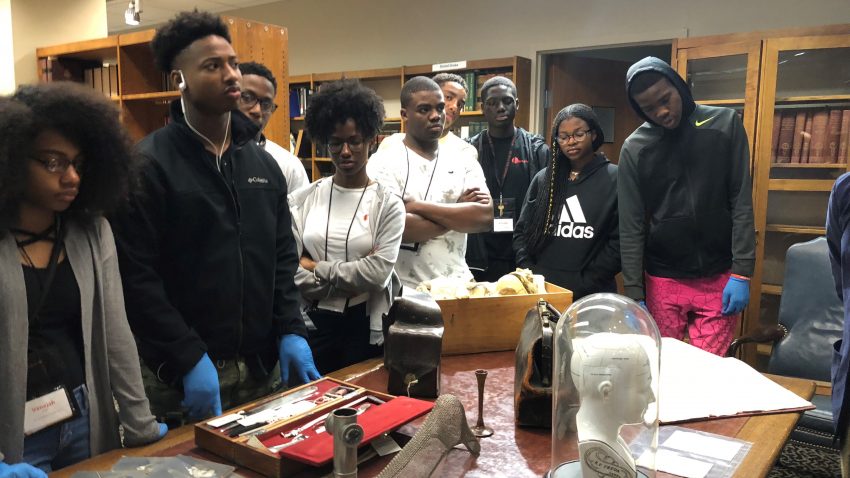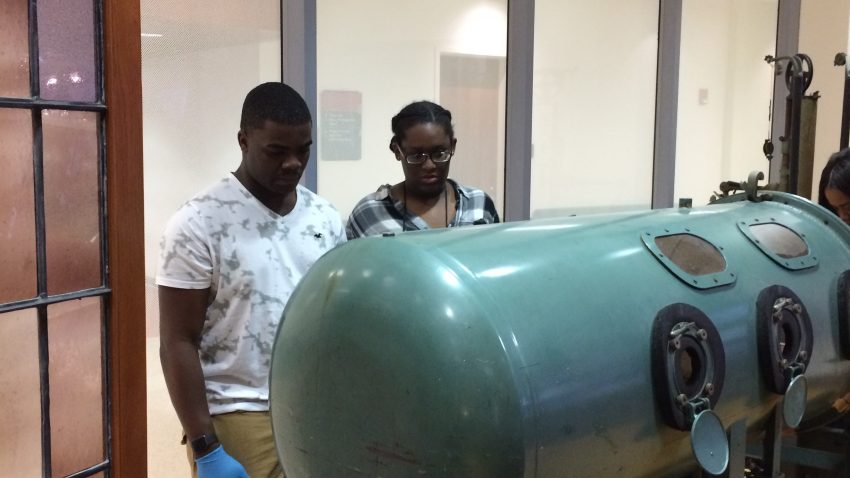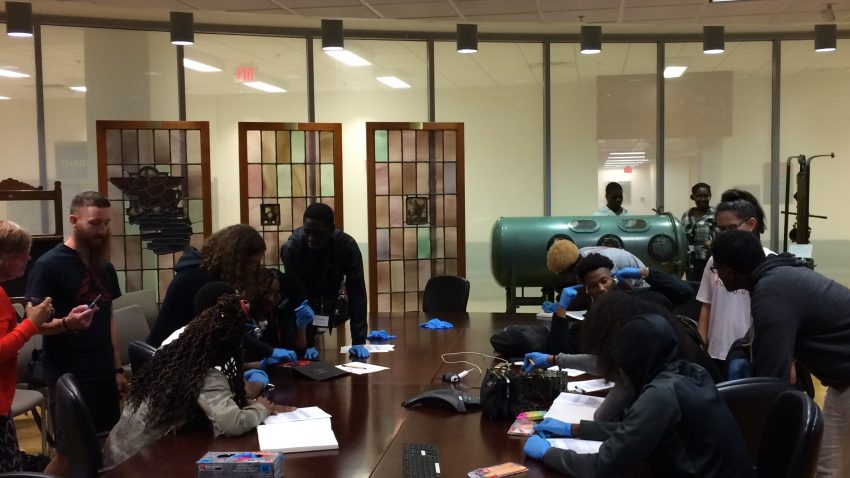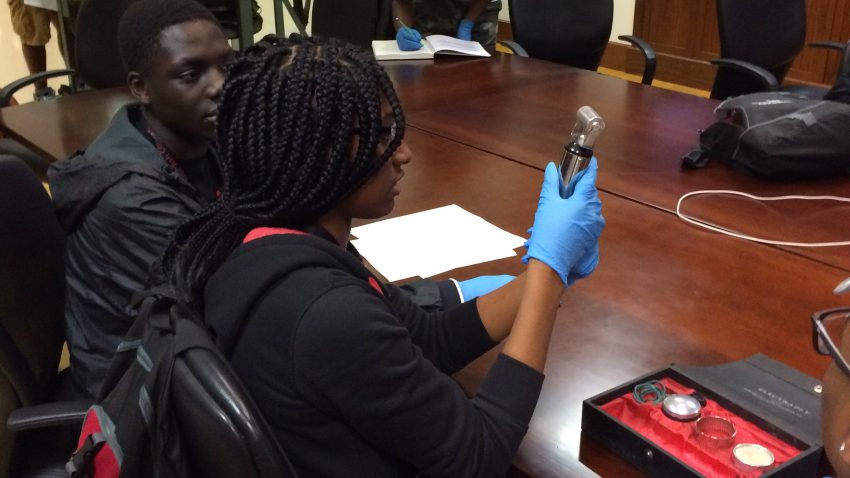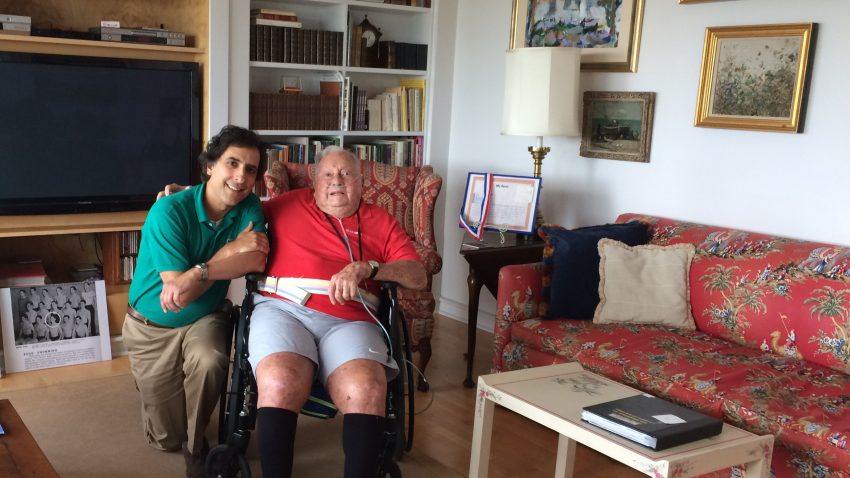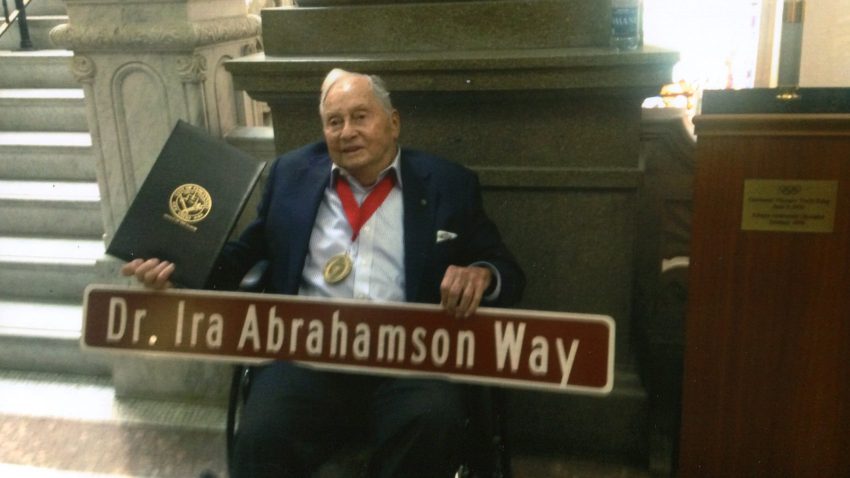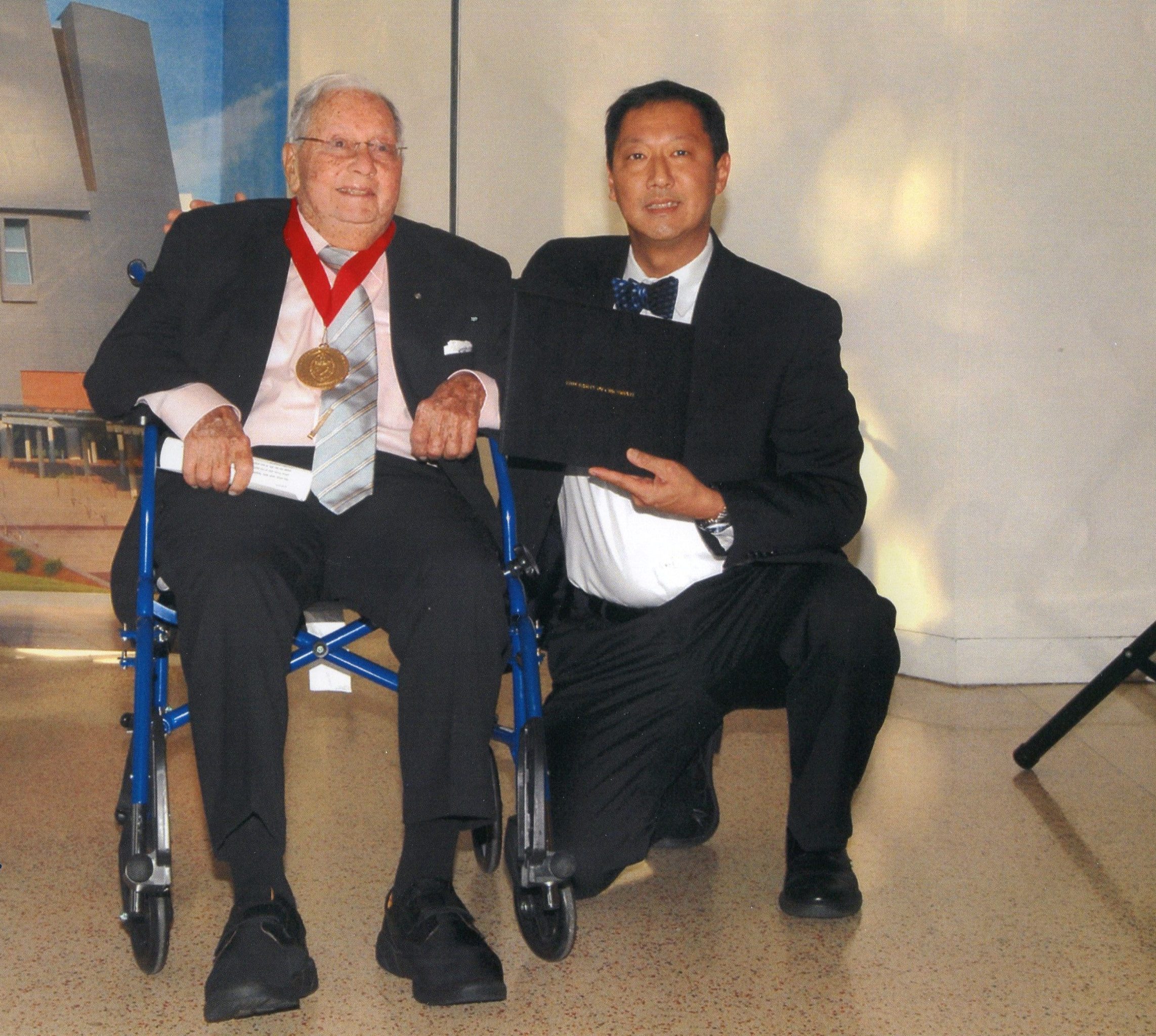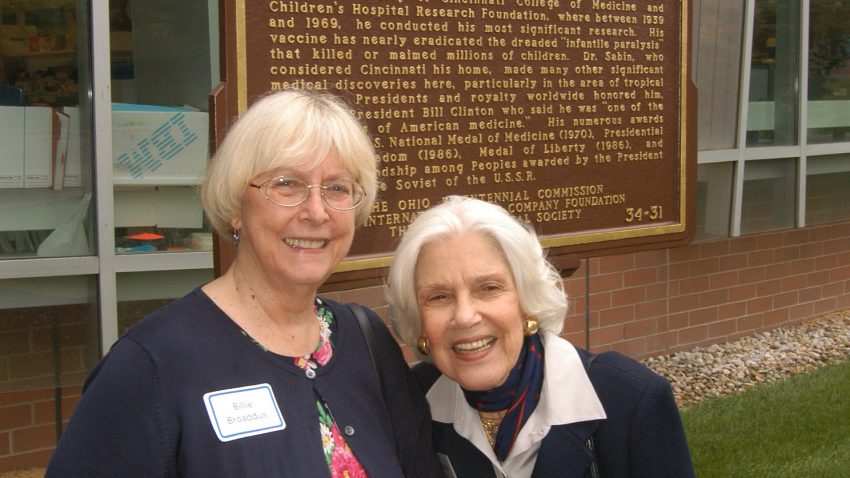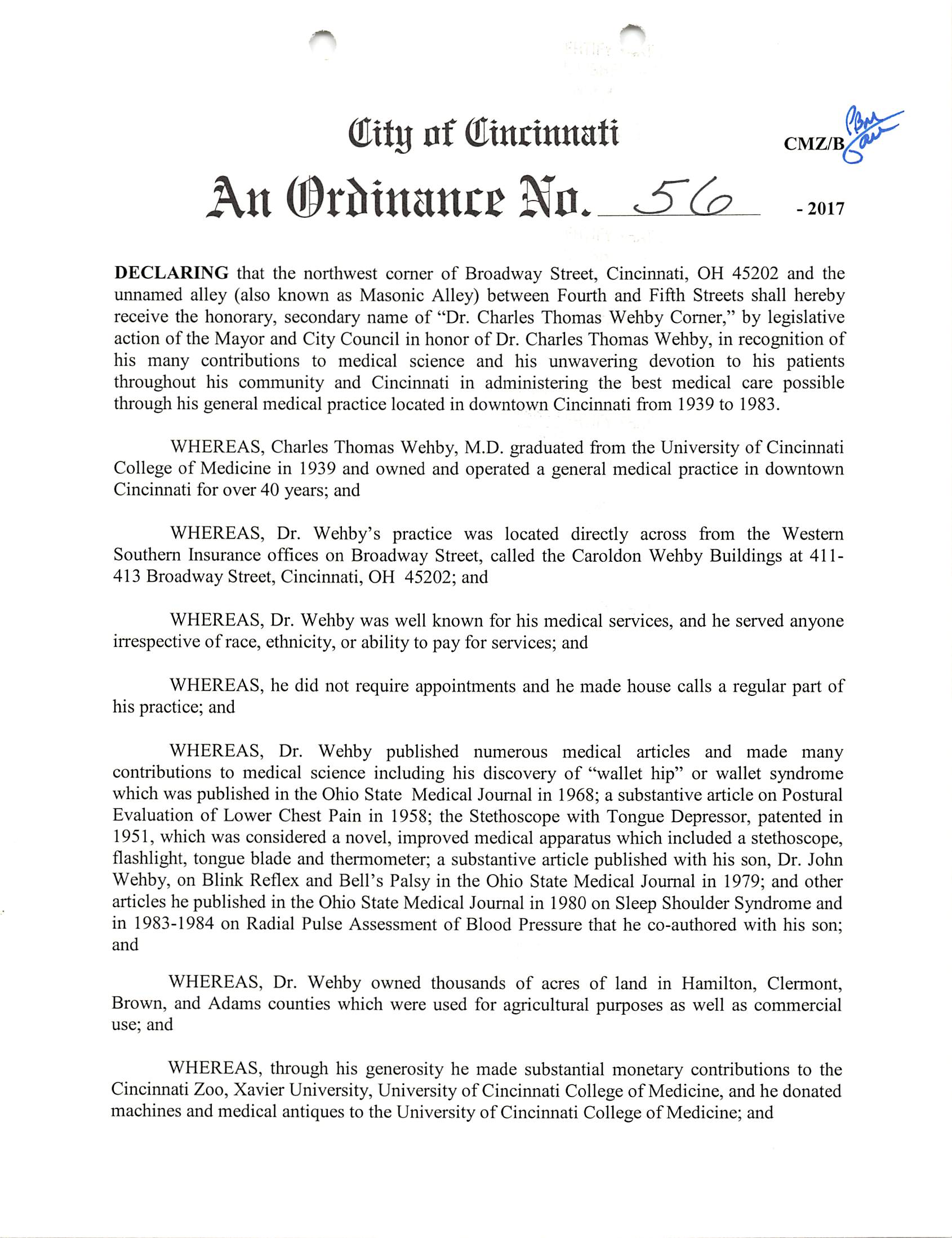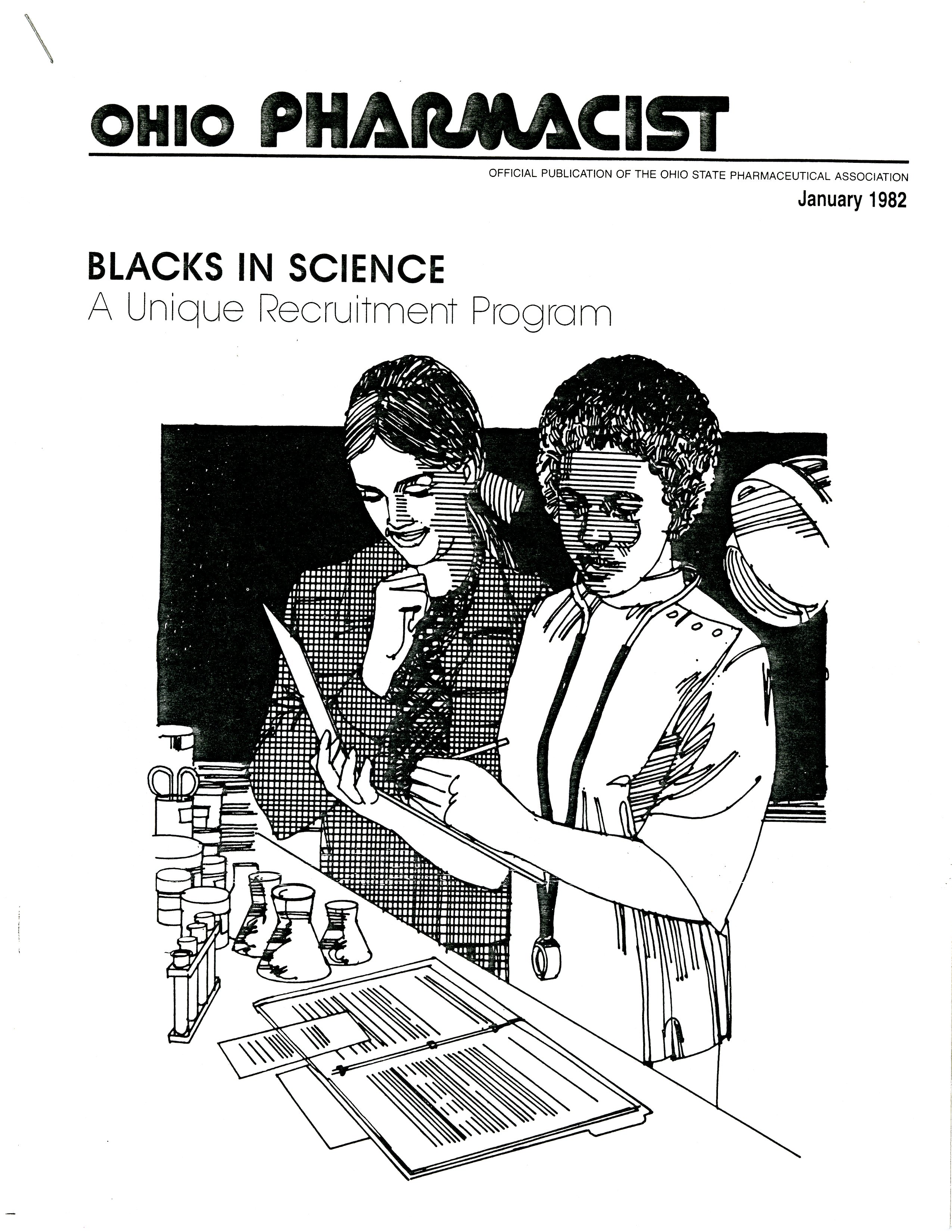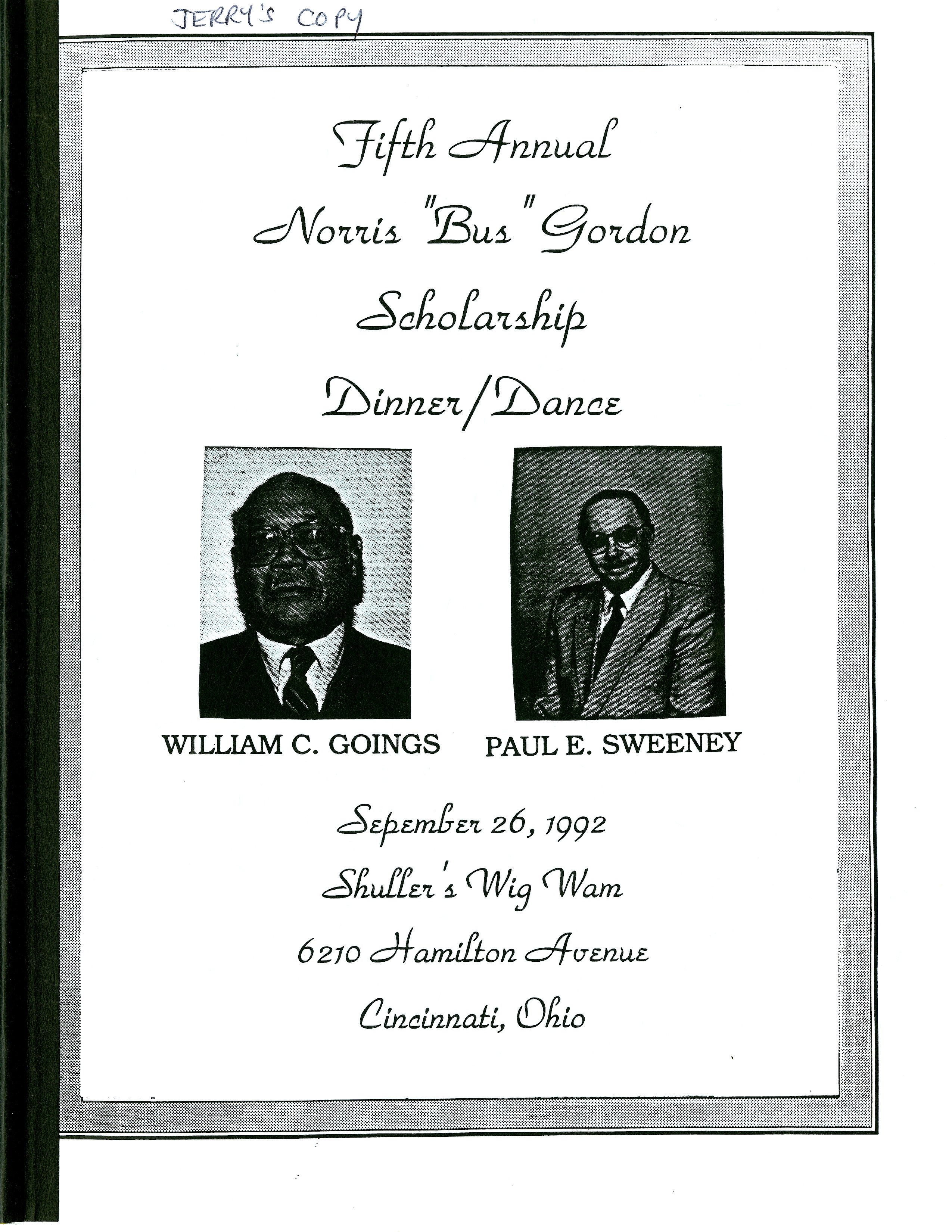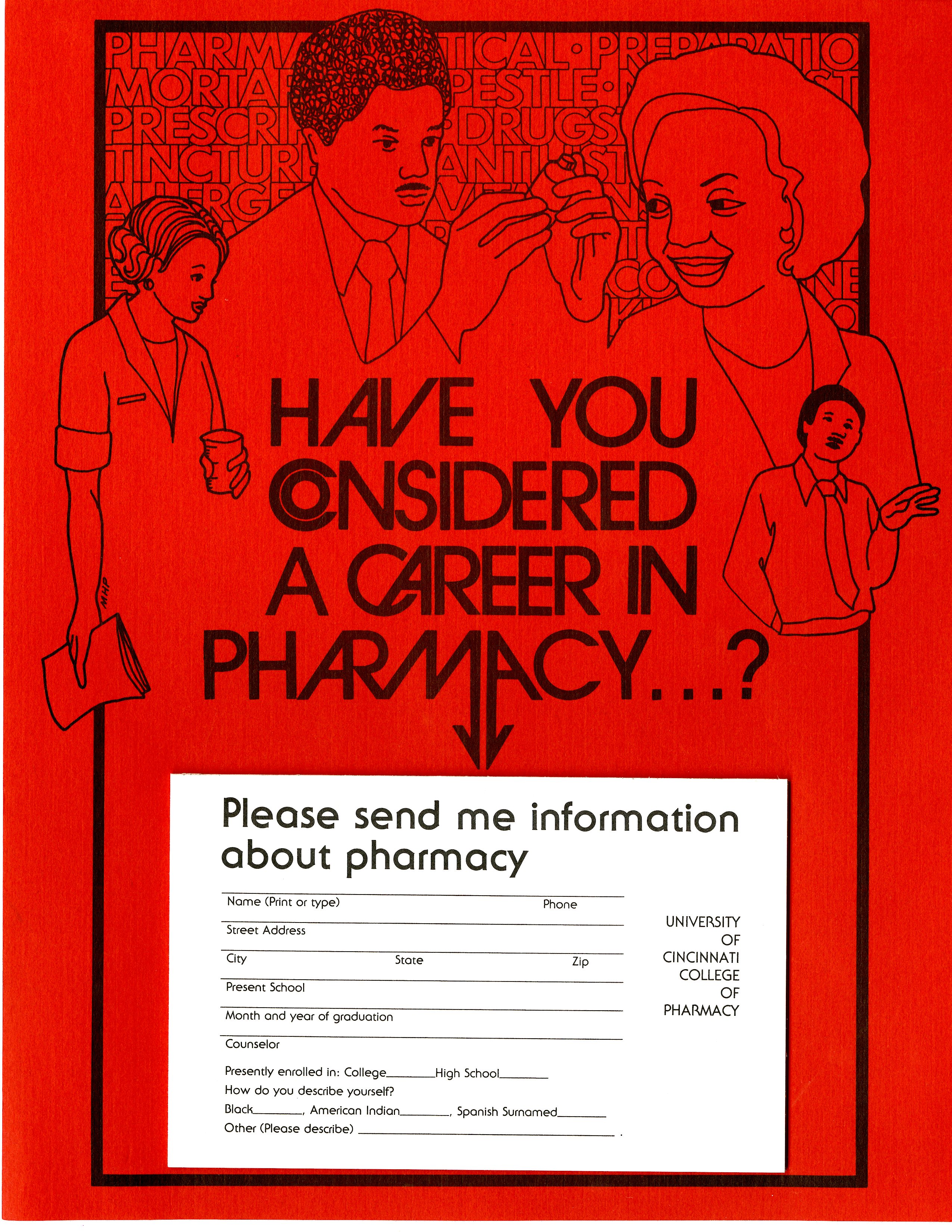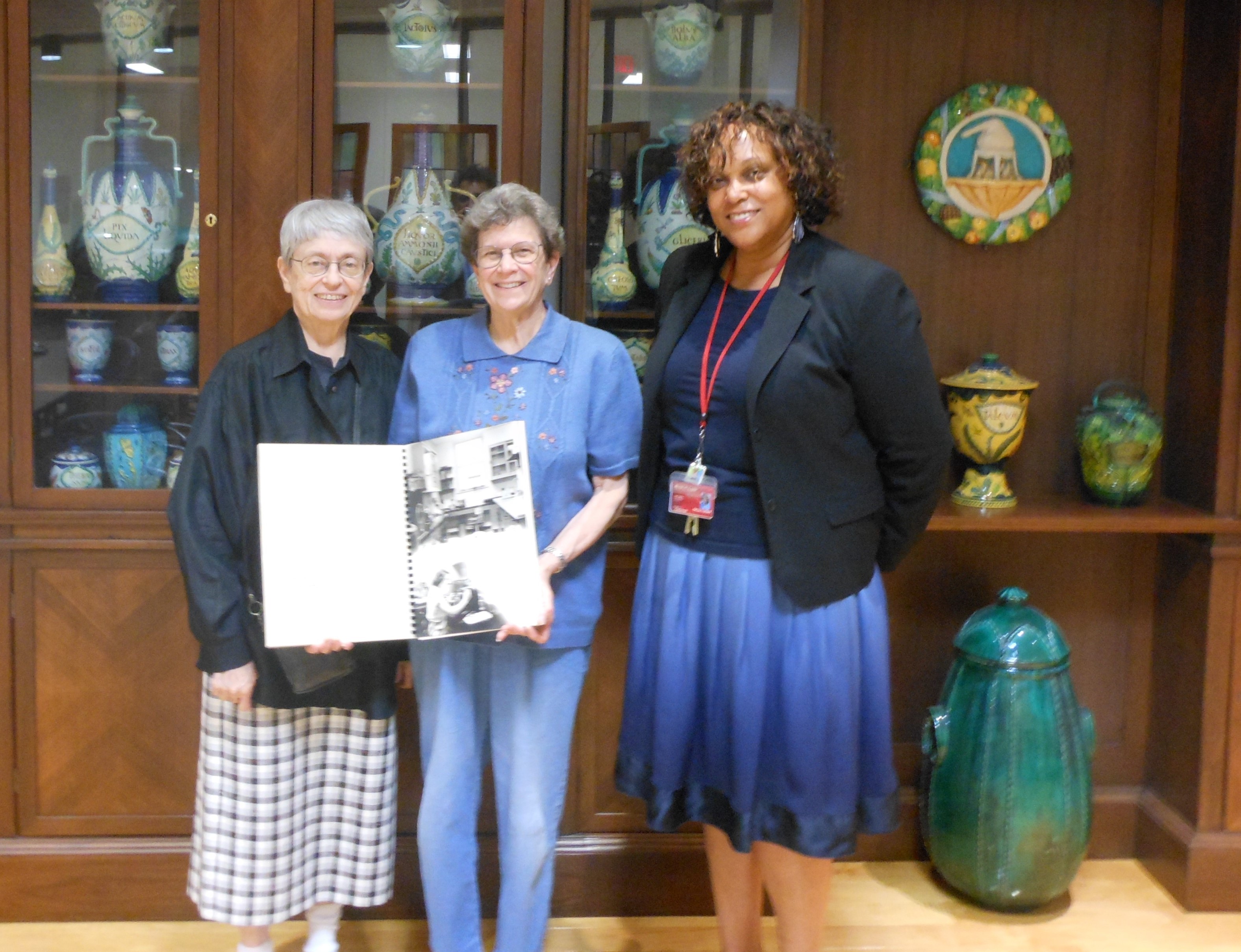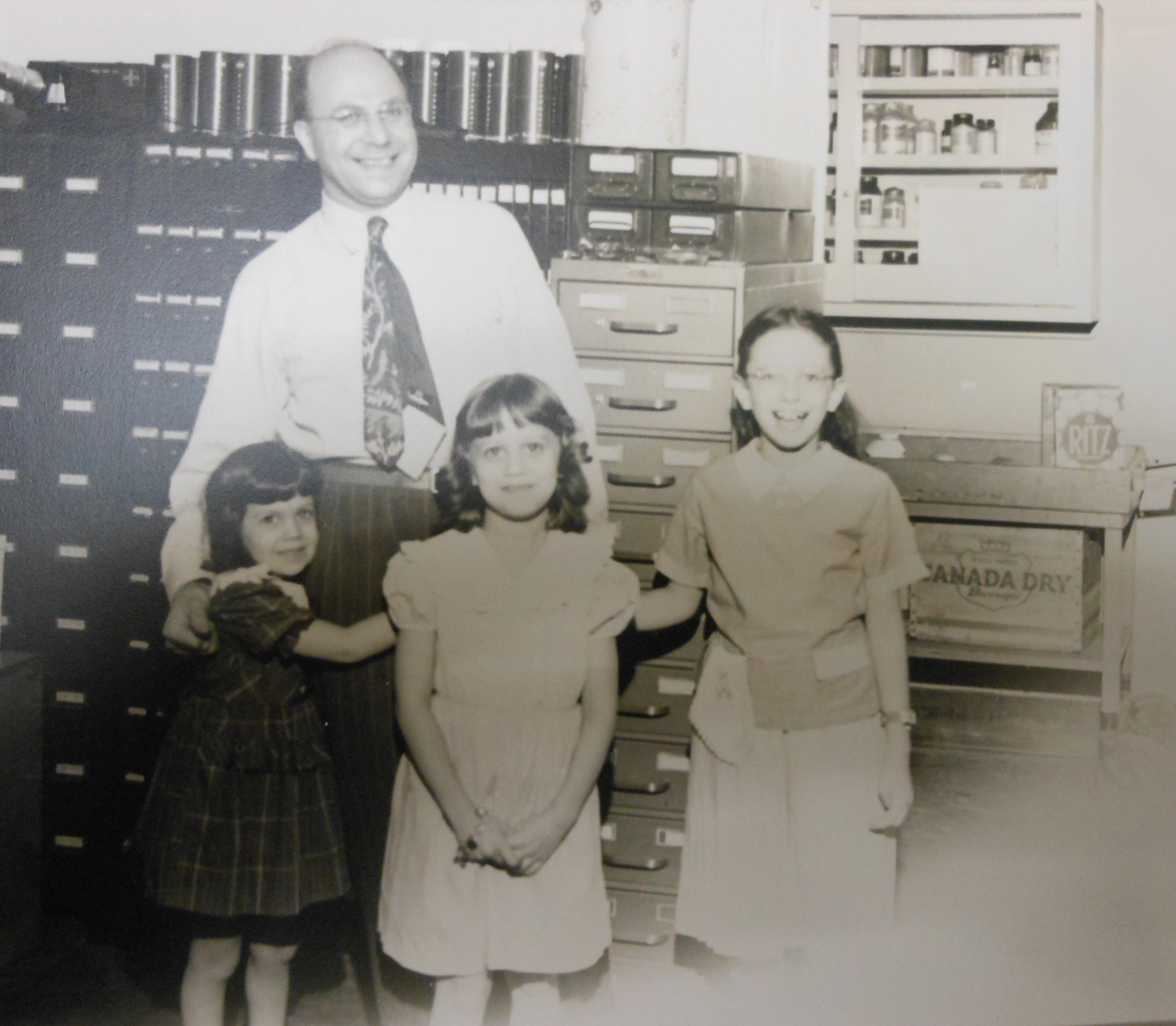I’ve already introduced myself, but it’s occurred to me that I haven’t introduced Dr. Altemeier, who is, after all, the reason I’m here. I apologize for the delay; his full and eventful life has been a lot to sort through. While processing Dr. Altermeier’s collection,I’ve become very familiar with his work, activities, and influence. I’m amazed at how much someone can accomplish in one lifetime!
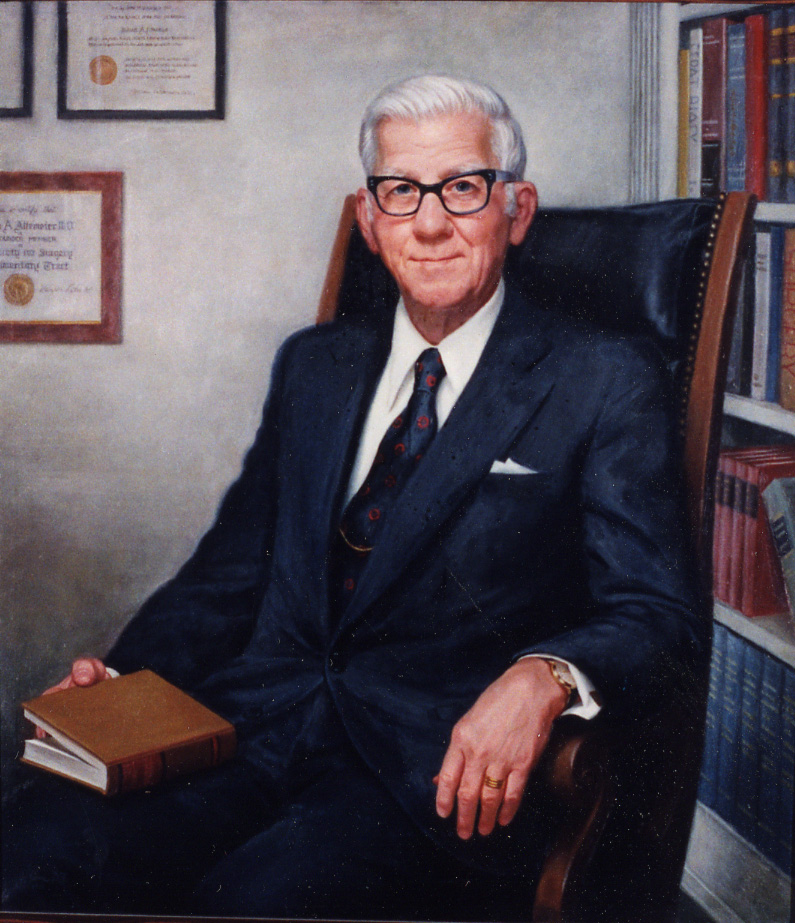
William Arthur Altemeier was born in Cincinnati, Ohio on July 6, 1910 to William Arthur Altemeier, Sr. and Carrie Moore Altemeier. He graduated cum laude from Walnut Hills High School in 1927, and went on to the University of Cincinnati, earning his Bachelor of Science degree in 1930. He continued at the University of Cincinnati, earning his Doctorate of Medicine in 1933. While working on his residency at the Henry Ford Hospital in Detroit, MI, he earned a Master of Surgery degree from the University of Michigan in 1938.
He immediately began his teaching career while still in Detroit, as Associate Surgeon at the Henry Ford Hospital from 1939-1940, and then returned to the University of Cincinnati as Instructor in Surgery in 1940. Twelve years later in 1952, he was named the Christian R. Holmes Professor of Surgery and Chairman of the Department of Surgery at the University of Cincinnati, a position he held for over 25 years, until 1978.
In addition to his educational appointments, he was the Director of Surgical Services at Cincinnati General Hospital (1952 – 1978) and Christ Hospital (1976 – 1978); Surgeon-in-Chief at Children’s and Holmes Hospitals (1952 – 1978); Consulting Surgeon at Dunham, Drake, and the V.A. Hospitals; and Assistant Chief of Staff at Holmes Hospital.
Beyond teaching and hospital administration, he was also a prominent researcher on topics such as wounds, burns, Gas Gangrene, Shock, Trauma, and Staphylococcal Infections. He performed research for the University of Cincinnati as well as the United States Surgeon General, and served on the National Research Council in the Division of Medical Sciences and United States Public Health Service. He was also very active in the medical professions community, serving as president of the American Surgical Association, president and one of the founders of the Surgical Infection Society, vice chairman of the American Board of Surgery, editorial board for American Surgeon, Annals of Surgery, and Journal of Surgical Research, and surgical consultant to the Surgeon General of the United States Public Health Service and to the United States Army in Japan and Korea.
As I continue working on this collection, I’m looking forward to sharing with you some of the items in the collection that demonstrate some of these contributions and achievements, and expanding in more detail their significance. Contact me at templea@mail.uc.edu with any questions and insights.

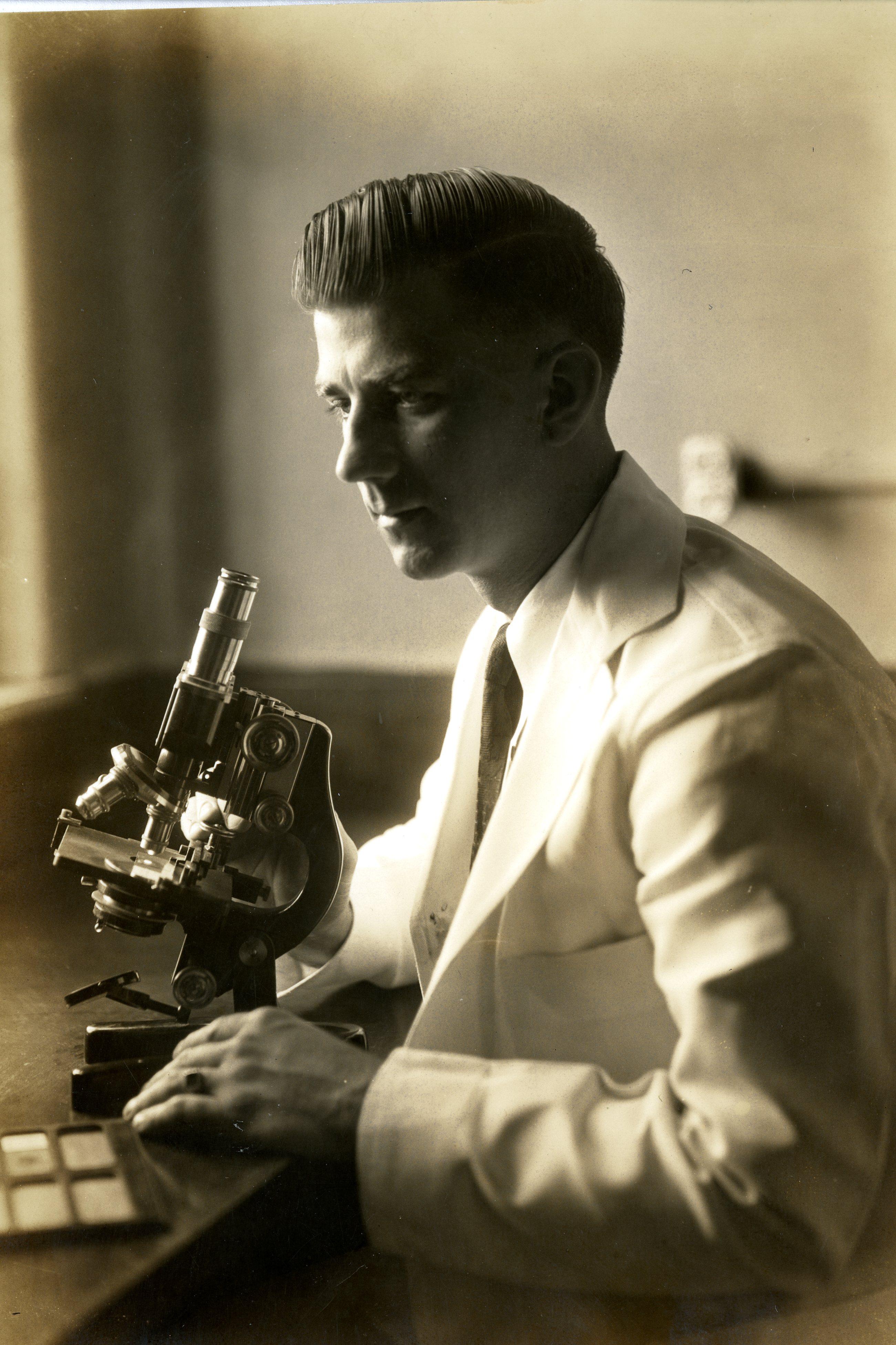
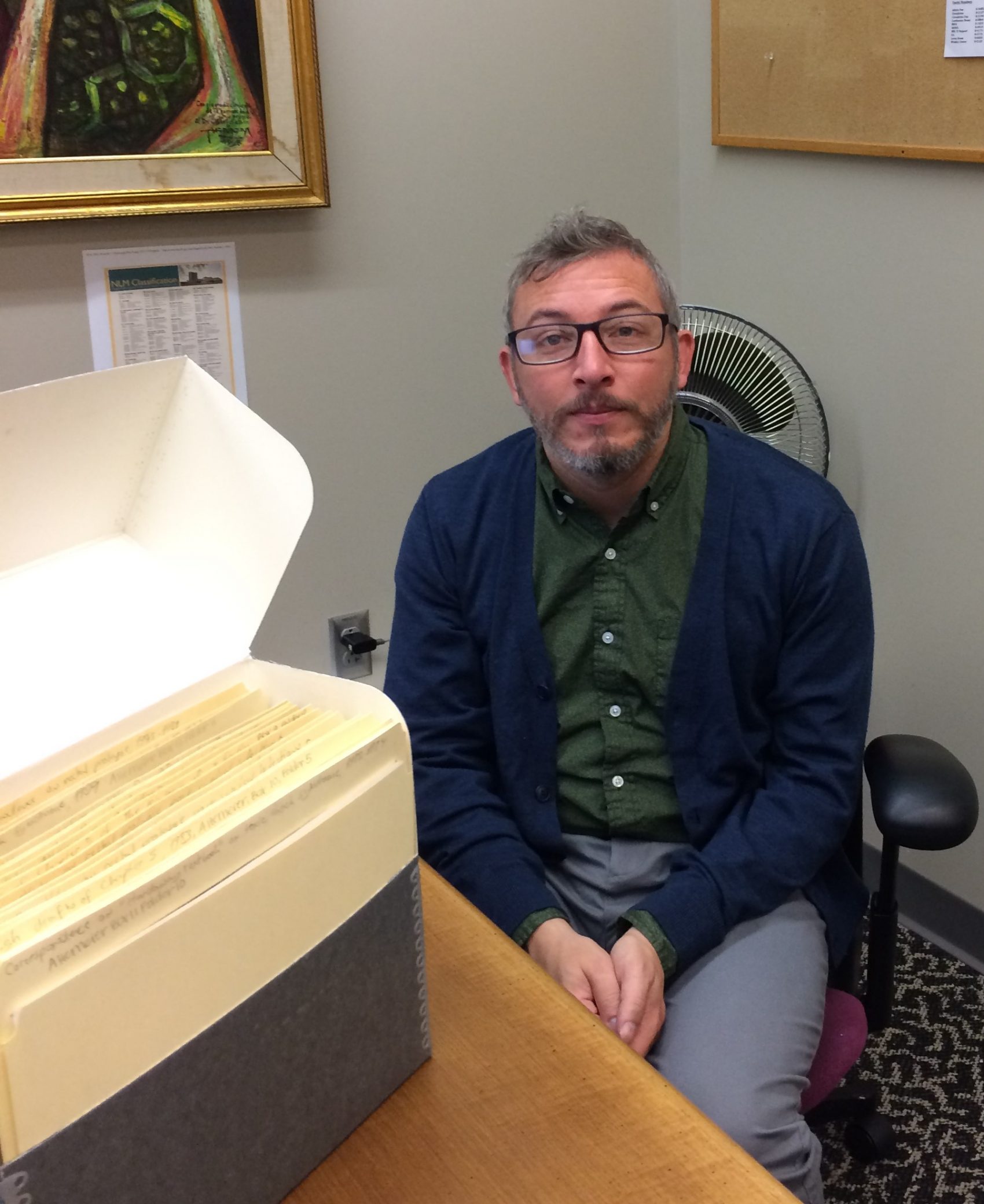 Preserving history and making it accessible has been a passion of mine, and I have been fortunate enough to work in a variety of settings and types of work. I started at the Public Library of Cincinnati and Hamilton County in 2006, where I performed reference assistance and have contributed to numerous projects involving rare and fragile material. I have been a volunteer at the Preservation Lab at Langsam Library for four years, where I help to mend damaged books and other material. For a look at the exciting work that happens there, you can visit their blog at
Preserving history and making it accessible has been a passion of mine, and I have been fortunate enough to work in a variety of settings and types of work. I started at the Public Library of Cincinnati and Hamilton County in 2006, where I performed reference assistance and have contributed to numerous projects involving rare and fragile material. I have been a volunteer at the Preservation Lab at Langsam Library for four years, where I help to mend damaged books and other material. For a look at the exciting work that happens there, you can visit their blog at 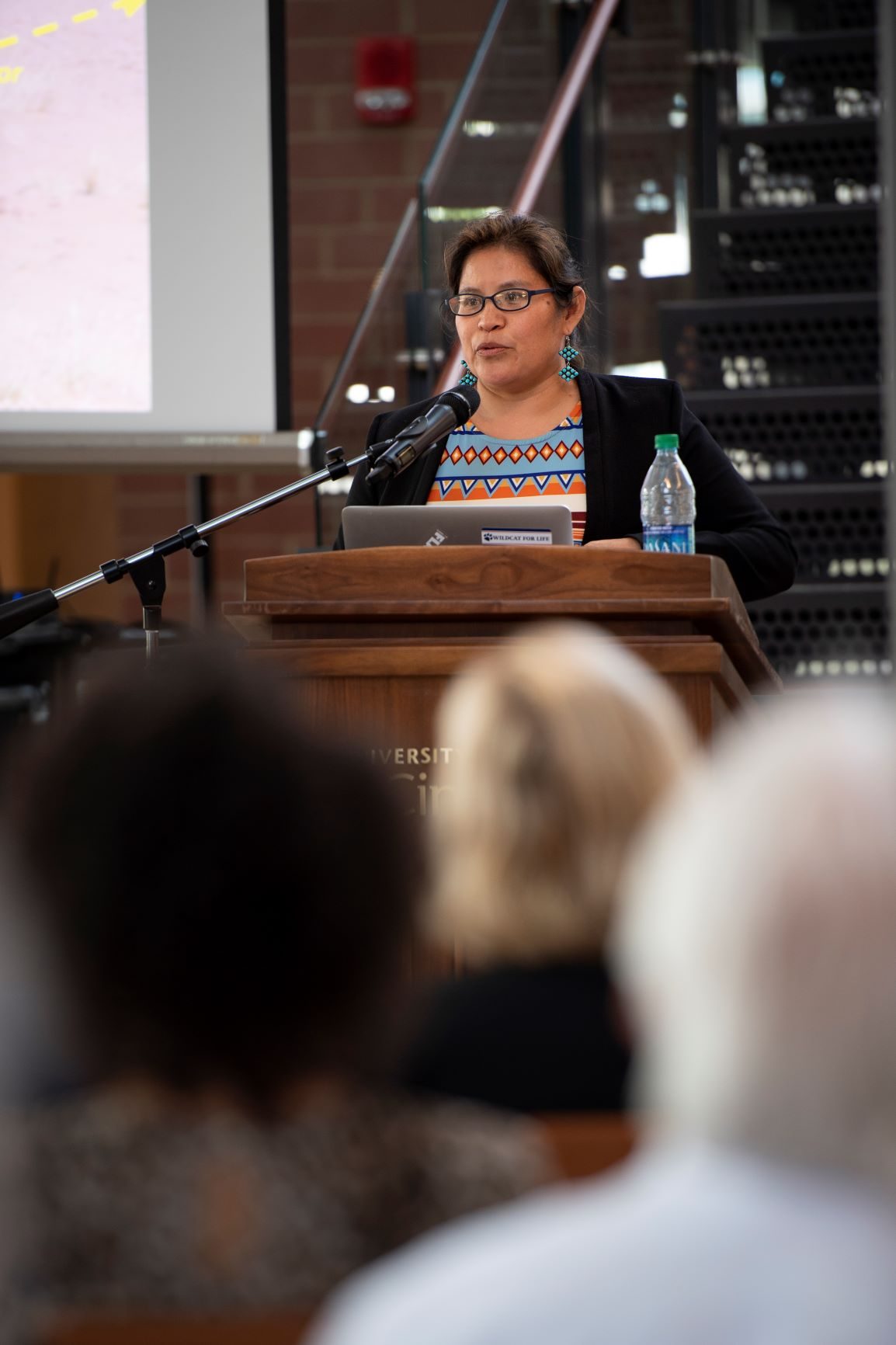
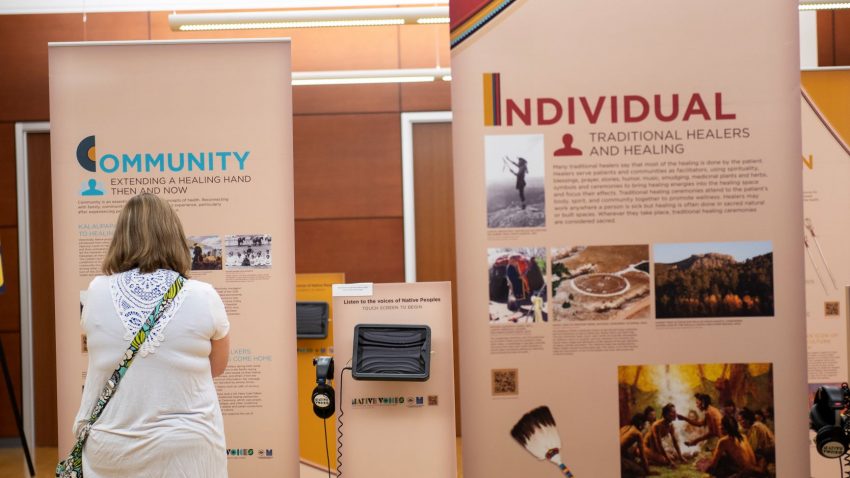
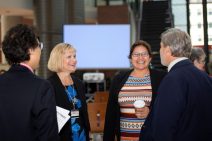
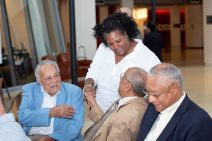
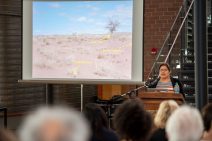
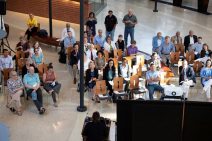
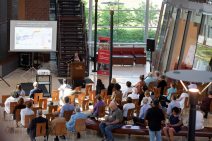
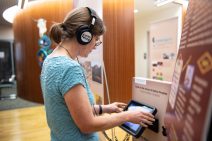
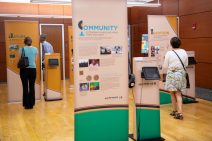

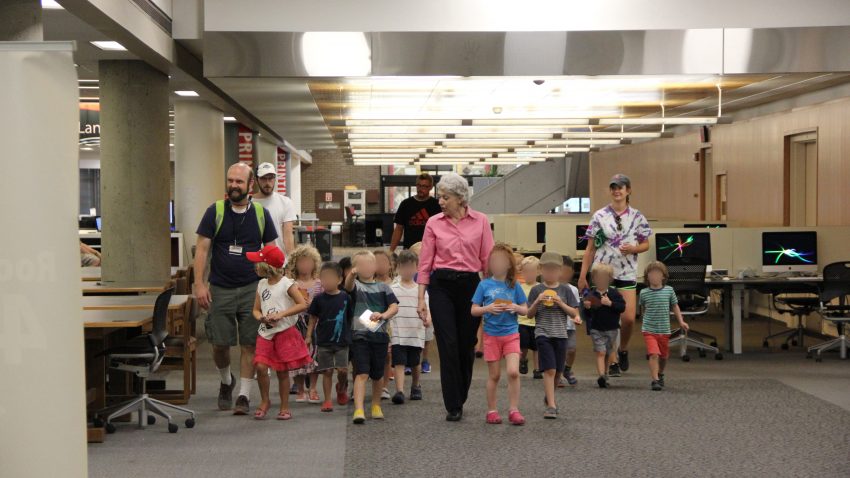
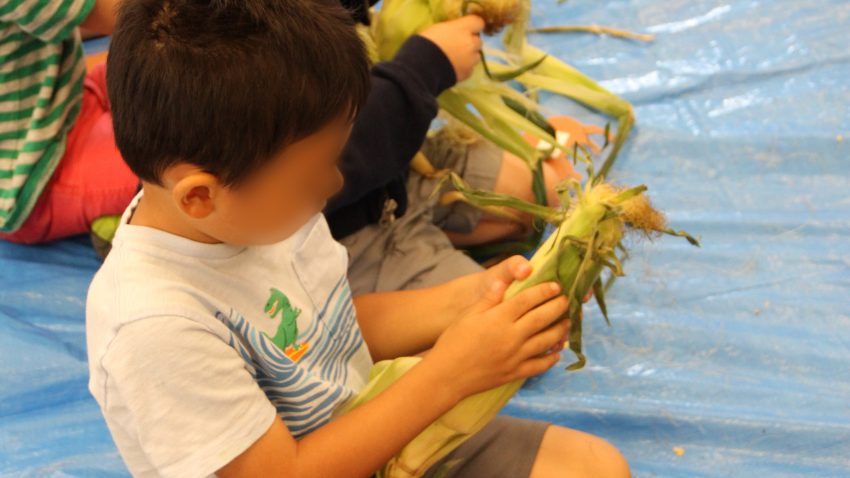
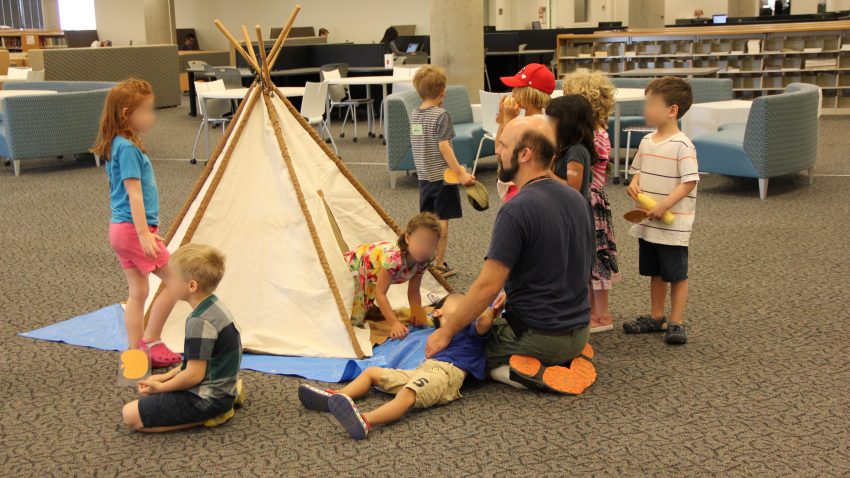
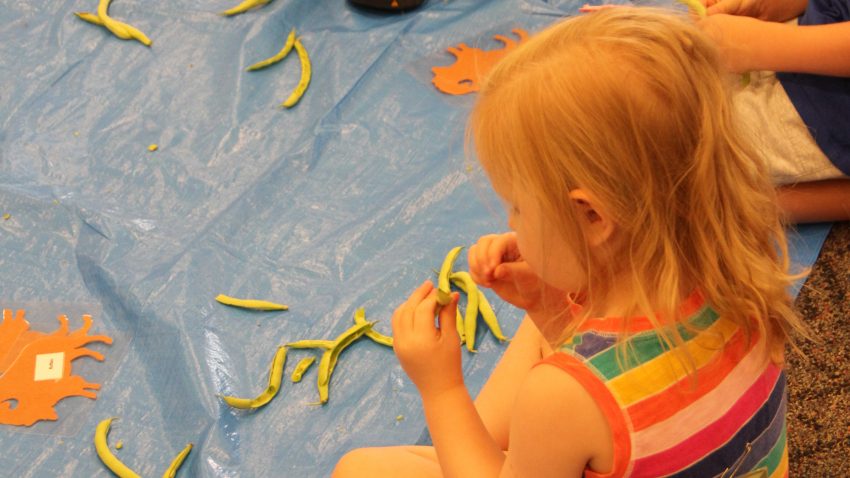 Finally, as a parting gift, each child received the book D is for Drum: A Native American Alphabet by Debbie and Michael Shoulders and Irving Toddy. The event lasted approximately an hour and at no time did our worries of waning attention spans among the children materialize. They never once lost interest. A success, if we do say so! And a huge thanks to all who assisted.
Finally, as a parting gift, each child received the book D is for Drum: A Native American Alphabet by Debbie and Michael Shoulders and Irving Toddy. The event lasted approximately an hour and at no time did our worries of waning attention spans among the children materialize. They never once lost interest. A success, if we do say so! And a huge thanks to all who assisted.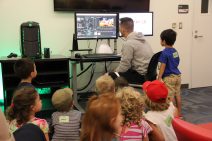

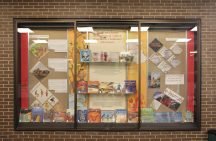

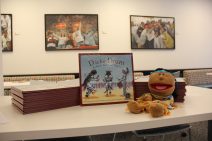
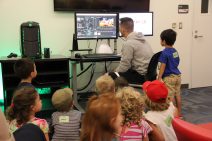
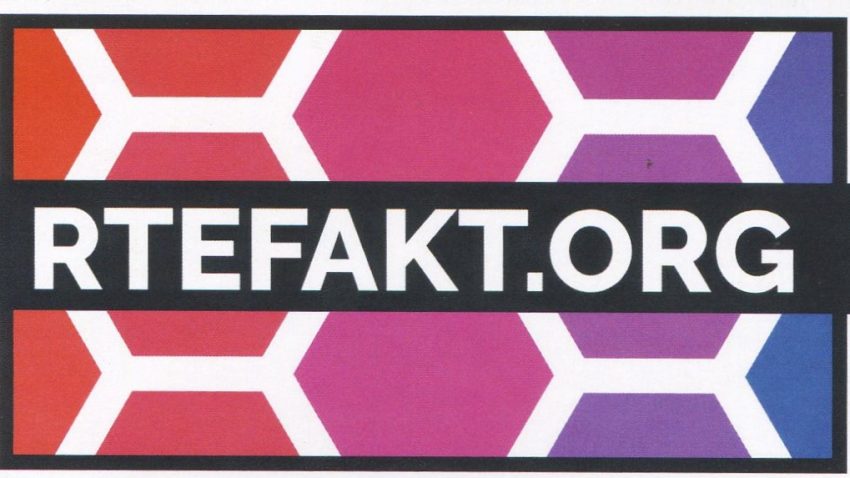 The Winkler Center would like to thank Nandita Baxi Sheth (DAAP) and the University of Cincinnati Scholars Program for seeking the Center’s participation in the Summer 2018 Scholars Program titled Artifact from the Future: A Trans Disciplinary Critical Inquiry Experience.
The Winkler Center would like to thank Nandita Baxi Sheth (DAAP) and the University of Cincinnati Scholars Program for seeking the Center’s participation in the Summer 2018 Scholars Program titled Artifact from the Future: A Trans Disciplinary Critical Inquiry Experience.